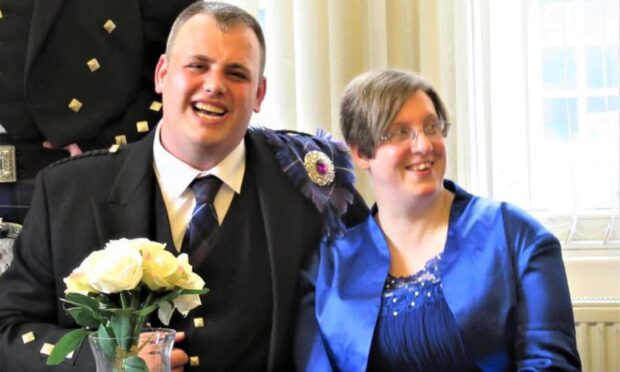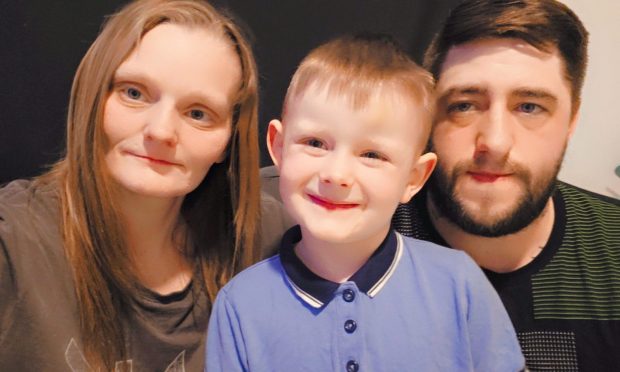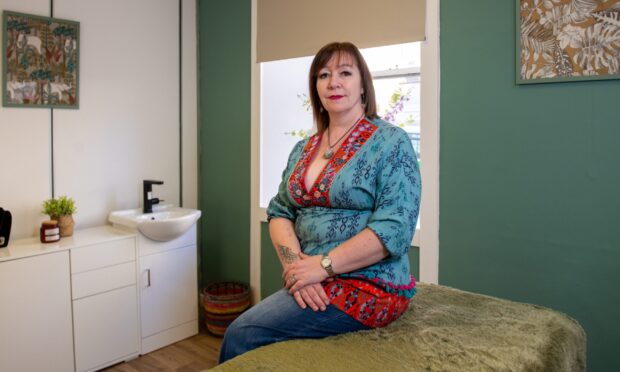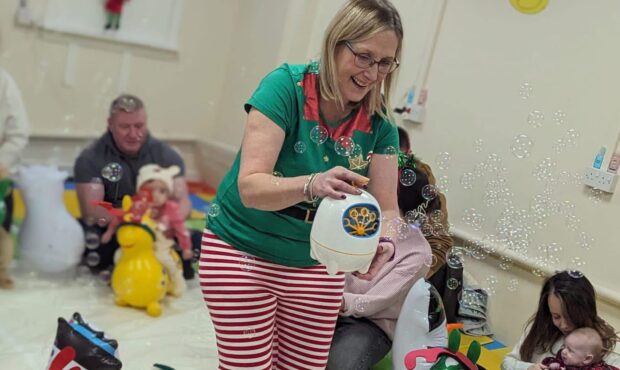Public health bosses have reassured parents in Tayside and Fife as case numbers of Strep A have fallen across the country.
New data from Public Health Scotland (PHS) shows eight new cases of serious Strep A have been reported across all age groups, down from 10 the previous week.
The total number of serious cases in Scotland is 13 in children under 10.
The eight serious cases in the most recent week compares with 12 to 18 serious cases per week during peaks in previous years.
New figures
There have been 865 laboratory reports of more mild Strep A up to December 18 2022, compared with 1266 last week.
This compares with 300 to 480 reports per week during peaks since 2016.
Cases of upper respiratory tract Strep A, which causes scarlet fever symptoms, also fell across Scotland last week.
There were 717 laboratory reports, a reduction from 1064 in the previous week. This compares with 160 to 270 reports per week during peaks in previous years.
Catching flu could increase the risk of your child becoming severely unwell with secondary infections such as strep A. Help to protect your child and make sure they get their free flu vaccine this winter.
For more info, visit https://t.co/jdEzSkLgmn or https://t.co/707spBTygy pic.twitter.com/HBiMysx31L
— Public Health Scotland (@P_H_S_Official) December 21, 2022
PHS said overall numbers of upper respiratory tract Strep A “are now well beyond those seen in previous years.”
They also confirmed 12 out of 14 Scottish health boards have reported serious Strep A cases between October 3 and December 18 2022.
Five of these NHS boards reported five or less cases.
NHS Tayside and NHS Fife did not confirm whether they had reported any local cases of serious Strep A.
And PHS did not confirm whether it had received any reports from either health board.
They said: “We are unable to provide a breakdown of locations. Nor are we able to provide information on individual cases.
“To avoid deductive disclosure we have not released numbers by NHS board.”
‘We may have turned a corner’
Health bosses have reassured the public over the current Strep A situation.
Dr Nick Phin, medical and public health science director at Public Health Scotland says: “Over the last few weeks we’ve seen fairly high levels of group A Strep identified in the population.
“I’m pleased to say the current figures suggest we may have turned a corner. The numbers appear to have plateaued and we’re expecting we will see a reduction in the next week or so.
“The school holidays will be a way of naturally breaking chains of transmission.
“Invasive group A strep (IGAS) is a much more serious condition. We haven’t seen an increase in levels of IGAS which is good.
“We think a lot of the activity we’ve seen means people are aware of the condition, they’ve been seeking advice and help, and that has artificially inflated the numbers.
“But with that said, we do seem to have turned a corner. The numbers have levelled off and may be dropping.”
Local advice
Giving advice to local parents, paediatric consultant Dr John Morrice, who works at Kirkcaldy’s Victoria Hospital, said he understands parents’ worries.
He also shared guidance on how to tell if your child has Strep A, or a virus, such as a cold or the flu, this winter.
He explained: “We know reports about group A strep have caused concern and confusion as to what to look out for – and where and when to go for help when your child is unwell.
“It’s more likely that your child has a virus, rather than having Strep A, if they have a fever and a cough or a snotty nose.
“In some cases Strep A can cause scarlet fever or a sore throat, both of which are usually mild conditions but can be easily spread.”
He continued: “If your child is just a bit miserable with a fever, but once you’ve given them ibuprofen or paracetamol they improve, and they’re also drinking adequately, then it’s unlikely they have a serious infection.
“They should improve with rest and hydration.”
He advised parents seek urgent medical help if your child has a seizure, is agitaged or drowsy, or if they have blue lips, very cold hands or feet, are struggling with their breathing or have a rash that doesn’t disappear when pressure is applied.












Conversation